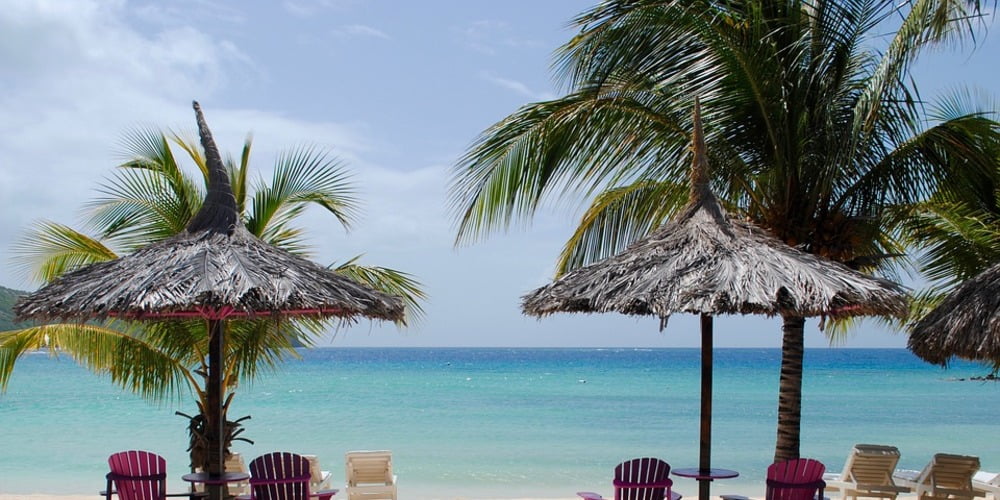Date first published: 02/05/2017
Key sectors: all
Key risks: slow growth; sovereign default
There is a story, perhaps apocryphal, that before the establishment of the European Monetary Union (EMU), representatives from the European Central Bank travelled to Basseterre, the capital of St Kitts and Nevis. The trip to the tropical capital was to help them understand how the East Caribbean Central Bank (ECCB) managed one of the three currency unions in the world successfully for over 15 years. What they would have found was a currency area almost nothing like the Eurozone. The ECCU countries are all English speaking, and have a shared history and culture. Their economies are small, open, largely dependent on tourism, and structurally similar. By contrast, in the Eurozone there are wide political and economic difference between states. It is still remarkable how a currency union comprising of only eight territories (Anguilla, Antigua and Barbuda, Dominica, Grenada, Montserrat, St Kitts and Nevis, St Lucia, and St Vincent and the Grenadines), with a combined population of less than 1 million people, and prone to natural disasters, could remain so stable for so long.
There are no serious political movements calling for an end to the union, perhaps because it is difficult to see the alternative. Absent a currency union, their small sizes would leave them dangerously exposed to destabilizing currency volatility. The East Caribbean Dollar has been fixed at a rate of 2.7 to the US dollar since 1976. This stability is partially a consequence of the quasi-currency board arrangement, with the ECCB required to hold foreign exchange equivalent to at least 60 percent of its demand liabilities. The experience of ECCU members compares positively with the volatility that many large Caribbean states have endured over the last 40 years. The fixed exchange rate has helped maintain low inflation, and facilitated the development of the financial sector.
The ECCU has two other notable economic advantages. The pooling of resources has helped the diversification of risk, helping states mitigate the impact of natural disasters, allowing them to easily temporarily call upon the resources of others and ensuring continued currency conversion. Furthermore, the reduction in transaction costs of cross border trade makes it easier for domestic companies to expand to a scale where they can be relatively competitive with imports, and allows the more efficient provision of cross border public services.
Yet the ECCU has had its problems. Like with the EMU, there are concerns that the exchange rate is misaligned and the competitiveness of the region’s exports have suffered. While the territories are middle income, their long term growth rates remain relatively low at around 2.5 per cent. Furthermore, like the EMU, debt burdens are unsustainable, and control from the ECCB weak. The downturn in tourism following 9/11, and worsened by the global financial crisis, led to an explosion in debt. The banking sector weakened, necessitating capital injections from states. Natural disasters forced countries to spend on rebuilding infrastructure. Since 2010 Antigua and Barbuda, St Kitts and Nevis, and Grenada have defaulted and restructured their debt. A slow recovery in growth, perhaps assisted by a stable exchange rate, has helped contain the area’s fiscal problems. The ECCB Monetary Council, comprising all Ministers of Finance, targets a debt level of 60 percent of GDP by 2030, but consolidation appears to be less successful than medium-term fiscal adjustment plans aim for, and the Union lacks the capacity to enforce its edicts on states. Thus, like the Eurozone the ECCU has struggled as fiscal integration has lagged behind monetary integration.



